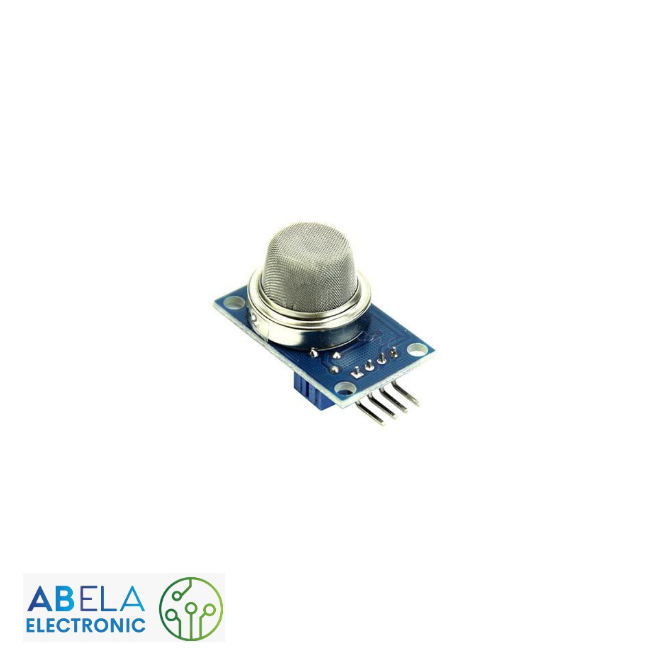
Description:
This is a simple-to-use liquefied petroleum gas (LPG) sensorsuitable for sensing LPG (composed of mostly propane and butane) concentrations in the air. The MQ-6 can detect gas concentrations anywhere from 200 to 10000ppm.
This sensor has a high sensitivity and fast response time. The sensor's output is an analog resistance. The drive circuit is very simple; all you need to do is power the heater coil with 5Vadd a load resistanceand connect the output to an ADC.
This sensor comes in a package similar to our MQ-3 alcohol sensorand can be used with the breakout board below.
Specification :
Gas sensors are devices that detect and measure the presence and concentration of various gases in the air. The specifications of a gas sensor can vary depending on the type and model, but some common specifications include:
Sensing principle: The sensing principle used by the gas sensor, such as electrochemical, catalytic, infrared, or semiconductor.
Gas detected: The specific gas or gases that the sensor is designed to detect.
Detection range: The concentration range of the gas that the sensor can detect, typically measured in parts per million (ppm) or percentage (%).
Sensitivity: The minimum concentration of gas that the sensor can detect.
Response time: The time it takes for the sensor to respond to changes in gas concentration, typically measured in seconds or minutes.
Operating temperature range: The range of temperatures at which the sensor can operate.
Operating humidity range: The range of humidity at which the sensor can operate.
Operating voltage: The voltage required for the sensor to operate.
Output signal: The type of output signal provided by the sensor, such as analog voltage, digital signal, or serial communication.
Size: The physical size of the sensor, which can range from small surface-mount devices to larger modules.
Lifetime: The expected lifespan of the sensor before it needs to be replaced.
Accuracy: The accuracy of the sensor in measuring the gas concentration.
It's important to note that the specifications of gas sensors can vary widely depending on the specific sensor and manufacturer, so it's always best to check the datasheet for accurate specifications. Additionally, different gases may have different sensing principles, detection ranges, and sensitivities, so it's important to choose the appropriate sensor for the specific gas being detected.
